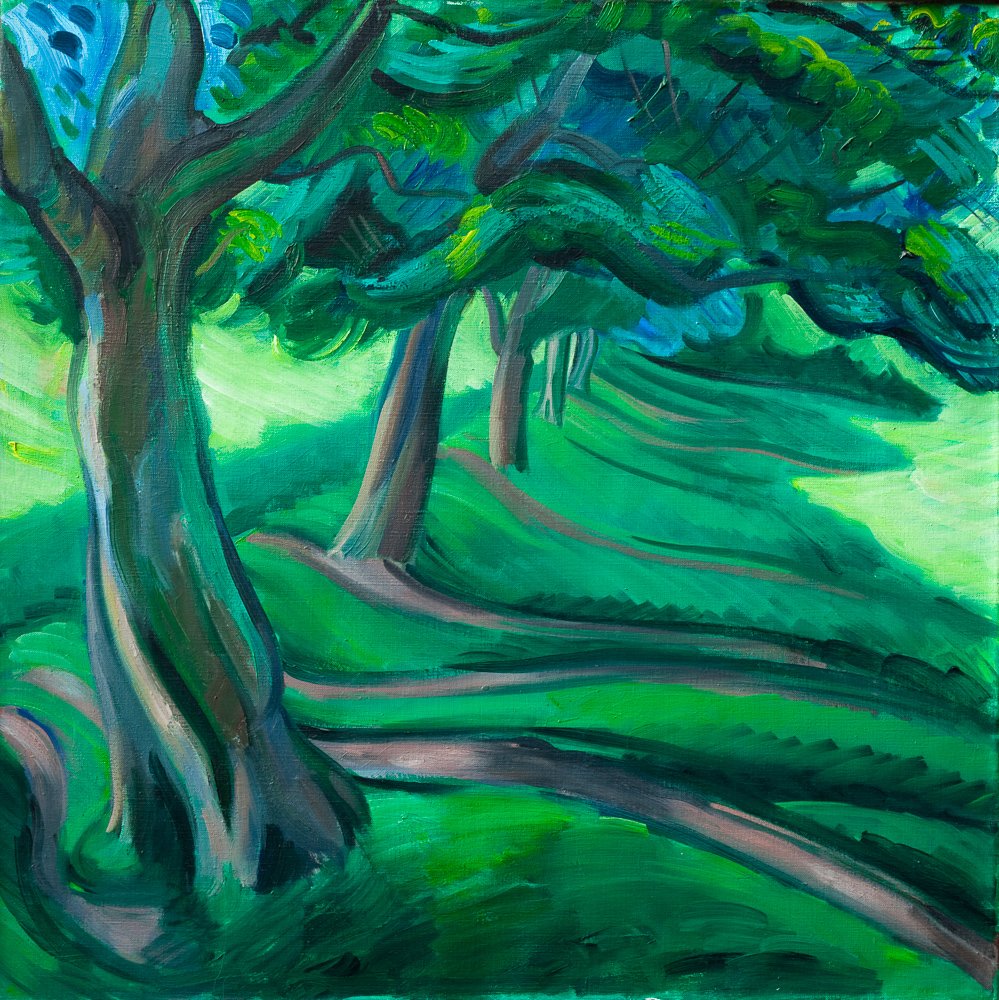
Andrew Lawson
“…Sumptuous photography by Andrew Lawson, captures the actuality and spirit of time and place.”
Times Literary Supplement
Exhibitions
19__ | Royal Academy
19__ | The New Grafton Gallery
2005 | Hortus Gallery, London
2011 | Family Passions, The Gallery Cork Street
2017 | Shared Lives, Gothic House, Charlbury
Education
1966 | Pembroke College, Oxford
1972 | Central St. Martins
Select Awards
2013 | John Brookes Lifetime Achievement Award, Society of Garden Designers.
2010 | Lifetime Achievement Award, Garden Media Guild
2007 | Garden Photographer of the Year Garden Media Guild
2007 | Photographer of the Year – Garden Writers’ Guild award for a portfolio of garden and/or plant photographs published in diverse media.
2002 | Winner of Photographer's Choice Award, Garden Media Awards
1994 |Royal Horticultural Society Gold Medal
1999 | Garden Photographer of the Year
1997 | Garden Photograph of the Year
Select Books
2017 | The English Garden with Ursula Buchan. Frances Lincoln.
2015 | The Gardener's Book Of Colour (Revised edition). Pimpernel Press.
2015 | Oxford College Gardens, Andrew and Richardson, Tim. Frances Lincoln.
2007 | Dream Gardens with Tania Compton. Merrell.
2006 |The English Garden with Ursula Buchan. Frances Lincoln.
2000 | The Garden at Highgrove with HRH Prince Charles and Candida Lycett Green.
1999 | Plants for all seasons: 250 plants for year-round success in your garden.
1998 | Great English Gardens. Weidenfeld & Nicolson.
1996 | The Gardener's Book of Color.
1994 | Highgrove: Portrait of an Estate.
1993 | Performance Plants. Viking.
1978 | Handmade in London. Cassell.
1977 | Discover Unexpected London by Andrew Lawson. Elsevier-Phaidon.
1981 | A Nation of Shopkeepers will Bill Evans. London.
Artist Statement
The painter and the photographer have very different views of the real world. Both of them are making images of their subjects of course, and their images are in two dimensions. But there the similarities end. For the painter the image is slow to appear; for the photographer it is more or less instant. The painting is built up over time. And time is always present in the picture – implied in the brush-strokes and layers of paint of course. But also in the image itself which hardly ever shows a single moment, but suggests continuity in time.
The photographer, on the other hand, is intent upon recording a moment, the significant moment of time which he captures usually in a fraction of a second. Movement is frozen and any accidents of light and atmosphere are, by intent, sealed into permanence.
That is why photography is my preference for capturing gardens. Gardens change all the time through the day and through the seasons. A good garden photograph captures an instant of wonderful light at the short period when plants are at their best. I’m pleased that I don’t need to paint these ephemeral effects in gardens – photographs do it better. Painting is better used for making images that are more generic and simplified. I have made paintings loosely based on gardens. Often they are hybrids of several gardens. It would be difficult to pin-point where they are.
For me, painting feeds photography and photography has given back something to my painting too. Without a doubt we each have our own personal way of composing a picture. I’m sure that my way comes from having looked at paintings all my life, my own and other people’s. I compose a photograph in much the same way as a painting, by weighing up the colours and shapes and putting them into some kind of tension within the rectangle of the picture. I can see that in my paintings I am always concerned with what happens at the edges of the rectangle of the picture, and how the subject is cropped – this is very much an interest that comes from photography.
I think painting and drawing are much more about feeling. But photography is the perfect medium to make a record of things. The painter can put in what he likes and take out what he likes, use whatever colours he likes and distort reality to his heart’s content. In short, every painter creates his own world. In the process of making a painting, the painter is active at every level and is responsible for every mark that appears on the canvas. His hand is involved and his eye, and together they follow the impulses of his ‘heart’.
Paintings can give pleasure at so many different levels. The most obvious pleasures have to do with colours and textures, both of them personal to each artist. But also the thickness and transparency of the paint, the brush marks, scratch marks and even the areas of bare canvas can give you an intimate connection with the mind of the artist by whose hand the picture was made.
The English have had a long love affair with their landscape, and generations of artists have followed their urge to celebrate particular areas of countryside in their work. I respond most to a corner of England where my wife Briony was born and has her roots. This is the western edge of Devon on the Atlantic coast. On one side there is the excitement of the rocky coast and wild sea; on the other is the tranquil and silent world of dark woods and streams. Here there is a sufficiency of subjects that could occupy several lives.


